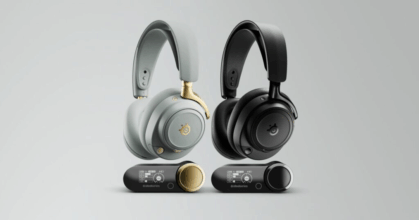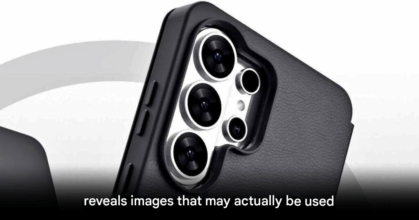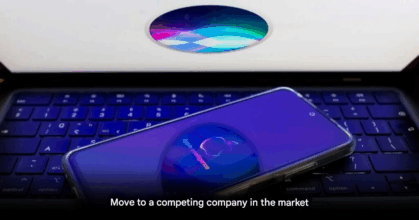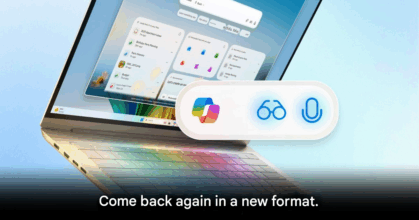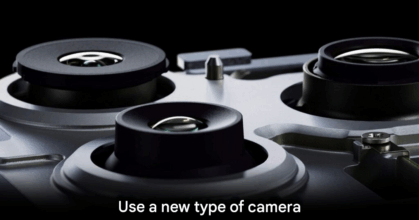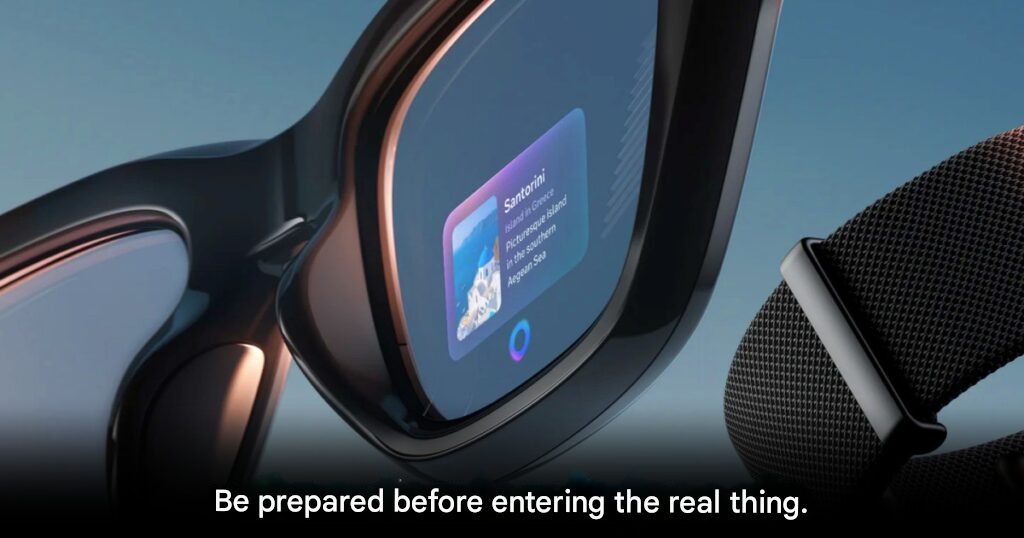
Meta is gearing up for the next leap in wearable tech with smart glasses that feature dual displays, building on the momentum from the Ray-Ban Display unveiled at Meta Connect this year. CEO Mark Zuckerberg introduced the Ray-Ban Display as a stylish pair of smart glasses with a small built-in screen in the right lens, allowing users to view messages, maps, and Meta AI results. Priced from $799 or around 27,000 baht, it may not yet be true AR, but Zuckerberg sees it as a pivotal step toward reshaping the future of personal technology.
The Ray-Ban Display is powered by the Meta Neural Band, a wrist strap that reads muscle signals for gesture controls. Equipped with a camera, microphone, and speakers, the glasses can record 3K videos, handle WhatsApp and Messenger calls, translate languages, display AI-powered recommendations, and show photos directly in the lens. This creates the feeling of having a personal screen without obstructing natural vision.
Bloomberg analyst Mark Gurman noted that this was the first time he saw real potential in smart glasses after trying them. He also revealed through insider sources that Meta is working on a new dual-display model, with one screen on each lens, enabling users to multitask with different apps at the same time. While not full AR, this version is planned to debut in 2027 alongside the highly anticipated Orion AR glasses.
The dual-display development may seem unusual, but Meta likely understands that Orion will be extremely costly due to its complex AR technology. Even the Ray-Ban Display is currently sold at a loss after over a decade of heavy investment in Reality Labs. Still, Meta views it as a strategic move to dominate the market long-term.
For XR enthusiasts, the Orion AR glasses remain the ultimate goal, promising holographic overlays on the real world. Expected to be lighter than earlier prototypes and priced closer to a smartphone, Orion could redefine the AR space. However, Meta must still solve production, cost, and feature integration challenges before its 2027 release.
Until then, the Ray-Ban Display is positioned as the ideal entry point for users to experience smart glasses. Meta projects sales of more than 100,000 units next year, cementing its foothold while preparing the ground for its AR vision.

